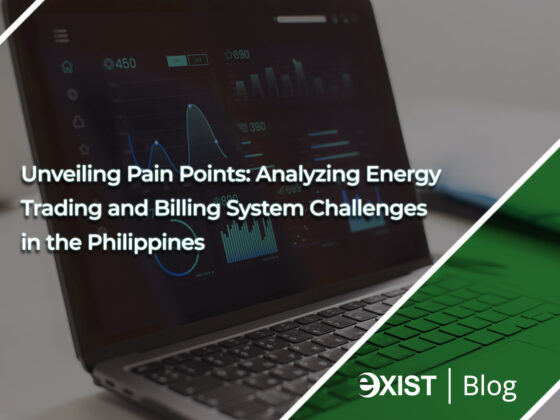“…and when you connect data together, you get power.”
– Tim Berners-Lee, computer scientist & inventor of the World Wide Web
Data Integration for Power
Way back in 2018, the world is already at a 2.5 quintillion bytes of data per day mark. With the rapid growth in digital transformation and uses of modern-day technologies such as the Internet of Things, the upsurge of this number is simply beyond imagination.
Nowadays, businesses attempt to utilize the collected data and turn it into valuable information to improve their business processes. The process of collecting data has become easier for businesses these days. But the massive outpour of data also posed the risk of data wastage or not knowing how to use it.
In our previous blog, we have mentioned that IoT in power is still on the rise and will keep doing so in the coming years. But most power companies still face their biggest dilemma in dealing with a large amount of data yielded by IoT – data is siloed across different business units.
A data silo is a situation wherein only a selected group can access a particular data set which is isolated from the rest of the organization. The aftermath of having siloed data is problematic for businesses because its non-cohesive nature makes it hard for the teams to view it comprehensively, causing them to miss some useful connections of the collected data. Such also cause the absence of a single source of truth due to data duplication and inconsistent entries under the same account names.
What causes data silos?
According to the Harvard Business Review’s Breaking Down Data Silos, the following causes data silos:
- Structural – programmers wrote the system application for a particular use or team, and data-sharing is not a requirement in the company
- Political – there is a sense of proprietorship within the organization that hinders mutual access to the data.
- Growth – new upgrades are being added to the system, but it is hard to reconcile and integrate the sets of data.
- Vendor Lock-in – software vendors limit the data access for the users.
Letting this issue persist in your organization will only make converting data into valuable insights more complex, with much likeliness of being ineffective. That is why combining data from different sources and giving the users a unified view is critical in data analytics. This process is called data integration.
In times of the increasing trend in incorporating IoT in different functions of the power sector, dealing with mountains of data have become even complex. As mentioned earlier, the growth, more so, rapid growth, of the system makes it prone to becoming siloed.
It is noteworthy to understand the importance of understanding IoT platforms and the various ways of implementing it and how it could coexist and integrate it with data integration platforms. That way, you will be geared up for the boundless changes that modern-day demands and technologies will present.
Join our FREE Webinar!
Join us from Exist, a premier technology, and innovations company, as we hold another learning session entitled Unlocking the Power of IoT and Data Integration to Boost Transformation in the Energy Industry.




